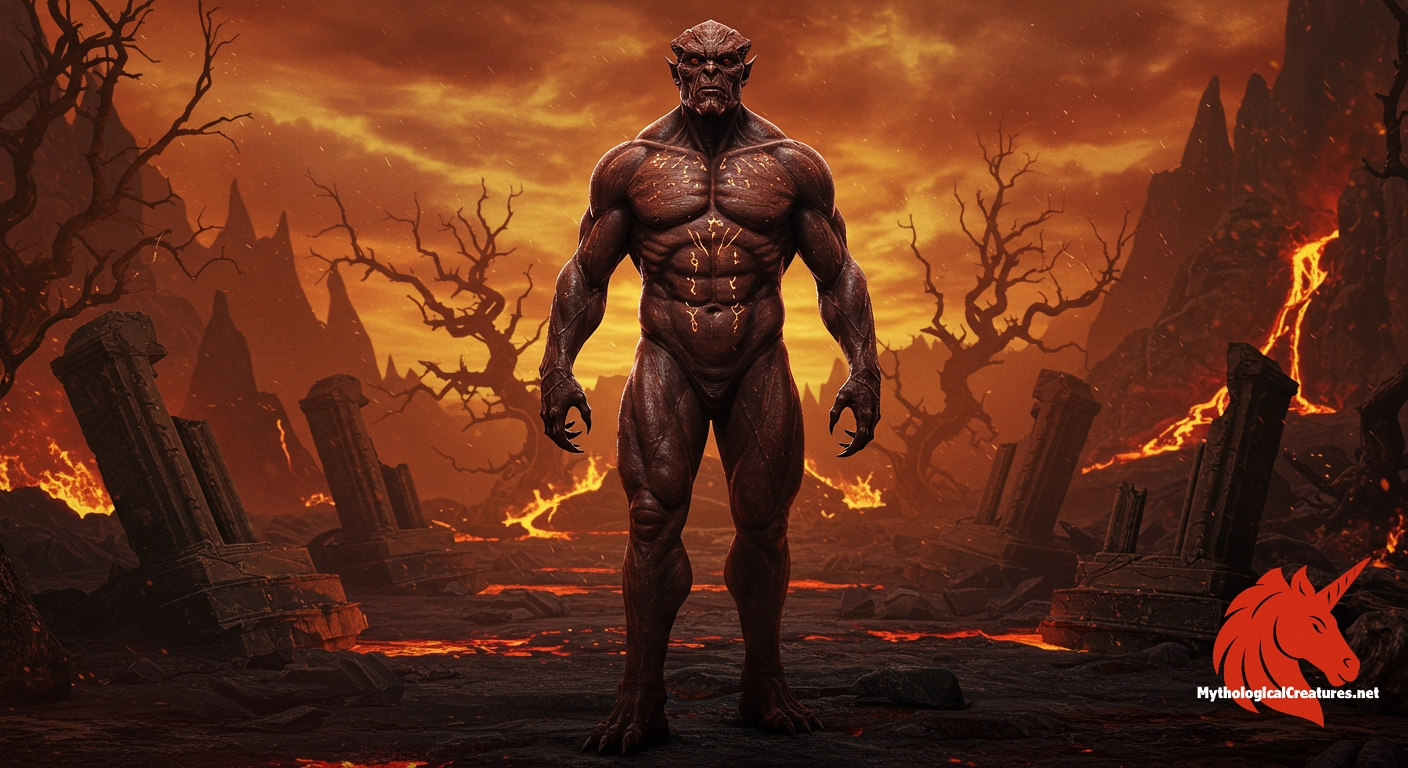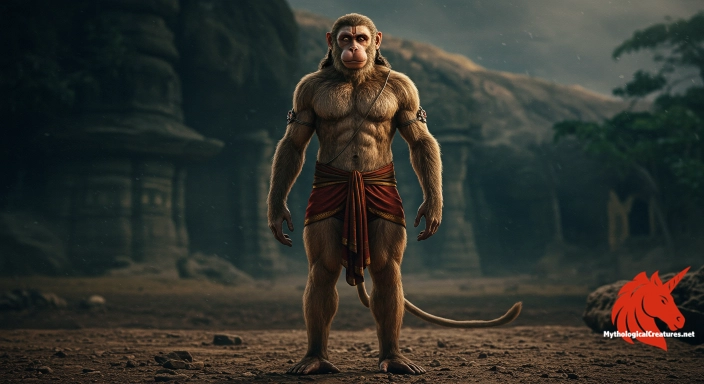Naberius: Naberius is a demon renowned as the valiant Marquess of Hell.

Naberius
Naberius - Naberius is significant for his dual role as both a benefactor in art and science and as a malevolent force whose interventions yield ambiguous results.
Origins & First Encounters
Naberius stands as an intriguing figure within the occult, renowned for his dual ability to enhance human intellect and to subvert dignity when provoked. His earliest attestation dates back to 1583, when Johann Weyer first chronicled his formidable presence in the infernal hierarchy. Often described as the most valiant Marquess of Hell, Naberius holds a distinguished station among demons. He is credited with commanding nineteen legions, a detail that underscores his vast influence over the demonic realm. His reputed power to render men cunning in both arts and sciences, particularly through a hoarse, persuasive voice, attests to his complex nature. Throughout early modern writings, he emerges as a paradoxical figure—both a benefactor of lost honour and a potential harbinger of its undoing. The cultural context of his emergence reflects the Renaissance fascination with the hidden forces behind intellectual and artistic mastery. His legend encapsulates an enduring enigma, bridging the realms of scholastic brilliance and the supernatural, thereby continuing to fascinate those who explore occult traditions.
Source Texts & Tale Variants
Naberius’s narrative is rooted in the seminal work of Johann Weyer, whose 1583 account laid the foundation for his later mythological elaboration. Subsequent grimoires and demonological texts, including later editions of the Ars Goetia, have expanded on his attributes and rank. Various occult manuscripts articulate conflicting accounts of his character, sometimes extolling his virtues and other times warning of his deceptive nature. Some sources laud him for his capacity to restore lost dignity and honour, while alternate versions regard such interventions as a prelude to downfall. The multiplicity of story variants conveys the dynamic evolution of his myth over centuries, incorporating elements from differing cultural and intellectual milieus. Chroniclers have at times portrayed him as a master of rhetorical prowess, responsible for instilling creative genius and clashing ambitions. These layered interpretations demonstrate how his persona has been adapted to suit the esoteric narratives of diverse occult traditions. The enduring nature of these sources attests to the constant reinvention of his legend, ensuring that Naberius remains a subject of both scholarly intrigue and popular myth.
Form & Powers
Descriptions of Naberius’s physical form are as enigmatic as his character, inviting artists and occultists to render him with a striking blend of elegance and animalistic menace. Although early texts offer scant detail, later depictions suggest a figure marked by regality, complete with sharp, penetrating eyes and a commanding bearing. His visage is often reported to carry hints of bestial features, such as subtle horn-like protrusions and an imposing, shadowed countenance. Some artistic renditions embellish his appearance with elements reminiscent of predatory birds, perhaps symbolising his hoarse and persuasive voice. Varying interpretations have portrayed him as both tall and stately, and at other times as more grotesque with exaggerated, dark features. The diversity in his portrayal reflects the broader flexibility inherent in demonological iconography. As a canvas for creative expression, Naberius’s physical depiction adapts to the storyteller’s emphasis on either his noble or nefarious qualities. Ultimately, this ambiguous imagery reinforces the notion that his true essence lies beyond mere corporeality, serving as an instrument of complex, symbolic power.
Regional Faces
The portrayal of Naberius varies widely across different cultural and regional occult traditions, each reflecting local sensibilities and mythic archetypes. In Western European demonology, he is frequently depicted as a charismatic noble figure whose eloquence camouflages an underlying propensity for mischief. Mediterranean interpretations tend to imbue him with classical gravitas, often blending elements of Roman dignitas with a shadow of infernal cunning. In Iberian traditions, his narrative is sometimes interwoven with local legends that emphasise themes of restoration and betrayal. Eastern European accounts, in contrast, highlight a more ominous and spectral aspect of his character, imbuing him with sharper, more sinister features. This regional variation underscores the adaptability of his myth, as communities integrate their cultural motifs into the broader framework of demonic lore. Each adaptation offers a unique perspective, reflecting local beliefs about the interplay between wisdom and treachery. Through these diverse renderings, Naberius emerges not only as a singular demonic entity but also as a mirror to the cultural and historical dynamics of the regions that have embraced his legend.
Cultural Parallels
Naberius’s multifaceted character invites comparison with other infernal figures found throughout various mythological traditions. Like the demon Paimon, whose mastery over arts and sciences also underscores his prominence in the occult, Naberius embodies a blend of intellectual allure and danger. Comparable to trickster deities in diverse cultures, he straddles the fine line between a benefactor of creative genius and a corrupter of human virtue. His dual role is reminiscent of figures in ancient lore who simultaneously bestowed wisdom and exacted a heavy price for it. In some respects, his capacity to restore lost dignities mirrors themes found in legends of fallen heroes whose fortunes are resurrected by mysterious powers. Other cultures maintain archetypes of cunning beings who, while offering insight and sophistication, live on the edge of moral decay. This interplay of benevolence and malevolence is a recurrent motif in myth, illustrating a universal ambivalence towards the possession of profound knowledge. Such comparative analyses reveal that Naberius’s character resonates deeply with global narratives exploring the perils of unbridled intellectual ambition. His myth serves as a bridge linking disparate cultural imaginations, all of which grapple with the allure and peril of transcending mortal limitations.
Legacy & Modern Evolution
Throughout history, Naberius has evolved from a mere catalogue entry in early demonological texts to a complex, multifaceted symbol in modern occult narratives. His early depictions during the Renaissance focused on his formidable rank and the duality of his restorative and destructive abilities. As centuries passed, interpretations of his myth expanded to incorporate themes of artistic cunning, intellectual ambition, and the precarious balance between honour and disgrace. Modern literature and occult practices often depict him as a nuanced anti-hero, whose powers can be both a source of empowerment and a cautionary tale. Contemporary representations in films, novels, and role-playing games frequently highlight his mastery over rhetoric and sophisticated manipulation of fate. This evolution reflects broader cultural shifts, where the simplistic dichotomies of good and evil yield to more intricate portraits of supernatural entities. Today's reinterpretations of Naberius invite audiences to explore the ambiguities of moral power and the seductive nature of forbidden knowledge. As a result, his legacy endures as a symbol of the perpetual conflict between ambition and ethical restraint, echoing both historical demonology and modern existential questions. Naberius continues to inspire fascination not just as a fearsome demon, but as a reflective mirror of the complex interplay between human ingenuity and its inherent risks.
Interesting Fact
Naberius uniquely bridges the gap between malevolent demonic forces and unexpected intellectual beneficence, making him a fascinating figure in the study of demonology.
Quick Creature Info
Associations:
Our Mythic Legendary Rating:

Also Sometimes Known As:
Habitat:
Supernatural Powers:
Physical Attributes:
Abilities:
Behavior:
Weaknesses:
Lore:
References
Discover Another Mythical Legend You May Not Have Heard Of?
Uncover the mysteries of ancient folklore and expand your knowledge of legendary beings from cultures around the world.
Dare to Meet the Hanuman....
Mythical Disclaimer: The images and data on this site are derived from various historical and literary sources, but we have found that many myths often have multiple versions and interpretations across references, sometimes contradictory. As a result, these creature depictions are artistic interpretations—imaginative blends of folklore, legend, and a dash of AI guesswork. Because creature descriptions vary widely, our illustrations and accompanying information represent our best effort to honor mythology while bridging creative gaps. Enjoy these interpretations—just remember, we've done our best to respect the stories and validate available data, but in the realm of mythology, details often shift, imagination leads the way, and nothing is ever set in stone!
Curated by the Mythological Creatures Team (rev. May 2025)
